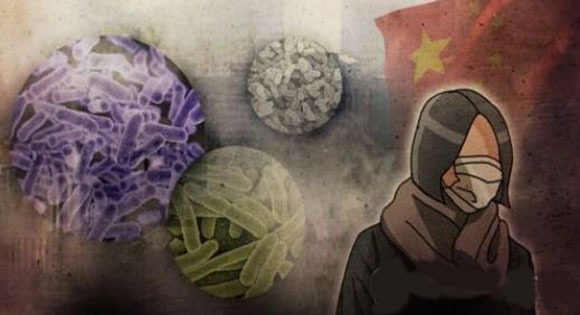About 83 percent of airborne bacteria found in airborne pollutants like PM 2.5 in South Korea and China overlap, a study found Monday, suggesting that Korea’s fine dust particles may have originated from China.
The findings were released by a team of researchers from Seoul National University‘s Graduate School of Public Health, and were from the analysis on bacterial DNA of fine dust concentrations in Seoul, Beijing and Nagasaki in Japan. South Korea is bordered by China to the west and Japan to the east.
 |
(Yonhap) |
Over the yearlong study, the researchers found that 83 percent of the total species of airborne bacteria overlapped in Seoul and Beijing. Seoul and Nagasaki showed a 73 percent similarity of bacterial communities, while Beijing and Nagasaki had 66 percent.
Researchers said the highest similarity was observed in spring and winter, noting the speed and frequency of the prevailing northwesterly wind blowing from the Siberia region.
Bacteria species like proteobacteria, firmicutes and actinobacteria -- common types of bacteria found from the human skin -- accounted for 67 percent of bacteria found among these three cities.
“Findings are meaningful as it catalogs the diversity and similarity of bacteria in the airborne dust detected in the three Northeast Asian cities, but further study is needed to conclude that bacterial movements are driven by meteorological factors,” said professor Kim Ho who led the research.
Their findings were published in the latest edition of the journal Scientific Reports.
By Kim Da-sol (
ddd@heraldcorp.com)







![[Herald Interview] How Gopizza got big in India](http://res.heraldm.com/phpwas/restmb_idxmake.php?idx=644&simg=/content/image/2024/11/20/20241120050057_0.jpg)
